5 Short Workouts That Keep You Stronger Than Most 30-Year-Olds After 50
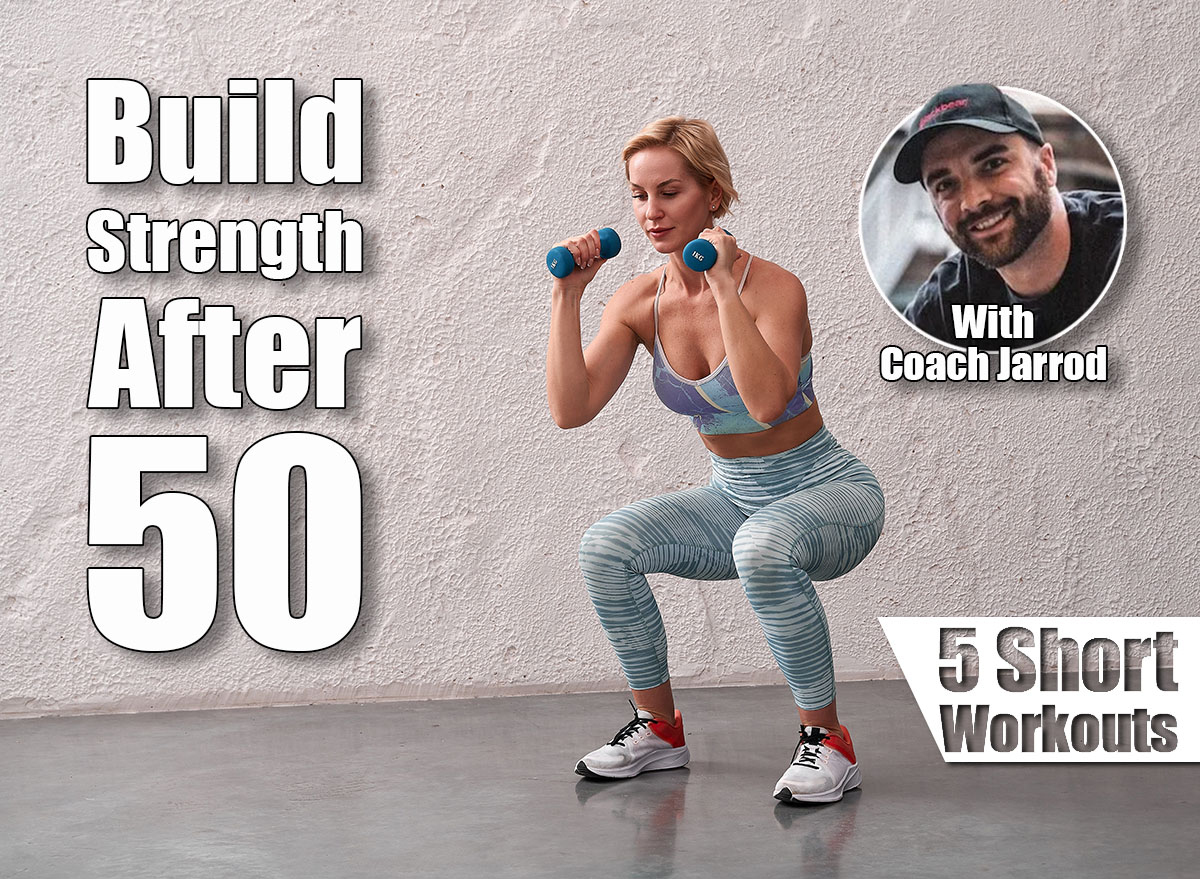
Getting older doesn’t mean getting weaker; it just means you need a smarter plan to stay strong. Once you hit 50, your body naturally starts to shed muscle a little faster, but that doesn’t mean you’re doomed to slow down or lose your edge. In fact, with the right training approach, you can still outlift, outlast, and outperform plenty of 30-year-olds who rely more on caffeine and luck than consistent strength work.
The trick isn’t hours in the gym or complicated programming. What really works is short, efficient workouts that target the muscles you use most and challenge the ones that fade fastest with age. These workouts are designed to keep your strength levels sharp, your balance steady, and your confidence high—all in 20 minutes or less.
So, if you want to keep your edge without living in the gym (and maybe surprise a few younger folks along the way), these five quick workouts are your go-to toolkit.
5 Quick Workouts To Stay Stronger Than 30-Year-Olds After 50
The Total-Body Strength Circuit
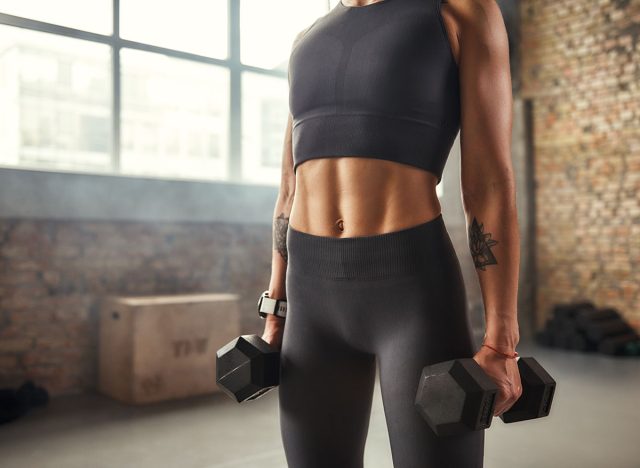
Training the entire body in one short session ensures you hit every major muscle group without wasting time. After 50, the balance between pushing, pulling, squatting, and carrying is key to protecting joints and preventing imbalances. This routine builds the kind of practical strength that shows up in everyday life—standing up from the couch, hauling groceries, or playing an impromptu game of pickup basketball without pulling something.
What you need: A pair of dumbbells. About 15–20 minutes.
The Routine:
- Dumbbell Squat (3 sets of 10 reps)
- Push-Ups (3 sets of 8–12 reps)
- Dumbbell Row (3 sets of 8–10 reps each arm)
- Farmer’s Carry (3 carries of 30–40 steps)
Directions: Move through the exercises in order. Rest 45–60 seconds between sets—complete 3 total rounds.
How to Do It:
- Dumbbell Squat
- Hold dumbbells at your sides.
- Stand with feet shoulder-width apart.
- Sit your hips back into a squat.
- Drive through heels to stand tall.
- Push-Ups
- Place your hands slightly wider than your shoulders.
- Keep your body in a straight line.
- Lower chest toward the floor.
- Press back up to full extension.
- Dumbbell Row
- Place your left hand and knee on a bench.
- Hold the dumbbell in your right hand.
- Pull your elbow toward your ribs.
- Lower with control. Switch sides.
- Farmer’s Carry
- Hold dumbbells at your sides.
- Walk forward 30–40 steps.
- Keep shoulders pulled back.
Best Variations: Goblet squat, incline push-ups, banded rows, suitcase carries.
Form Tip: Keep your core braced during all movements to protect your spine.
The Power & Mobility Combo
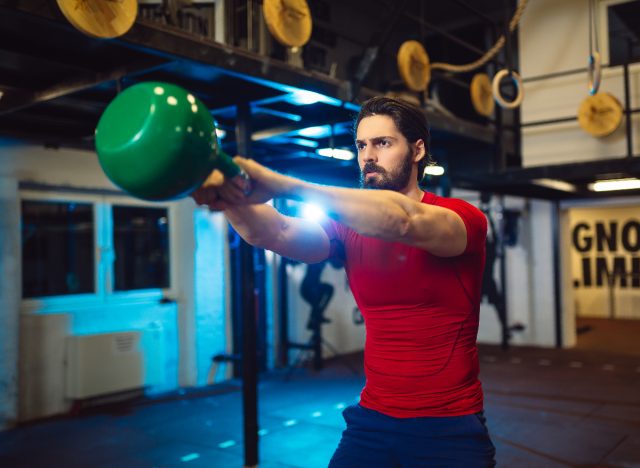
Power is usually the first thing to fade with age, and mobility isn’t far behind. Training both at once helps you stay agile and fluid in your movement. This workout combines explosive exercises with joint-friendly mobility drills, allowing you to maintain spring in your step and fluidity in your hips and spine. Think of it as the difference between moving like an athlete versus creaking like a rusty hinge.
What you need: Medicine ball or light kettlebell. About 15 minutes.
The Routine:
- Medicine Ball Slam (3 sets of 8–10 reps)
- Kettlebell Swing (3 sets of 10–12 reps)
- Lunge-to-Rotation (3 sets of 8 reps each side)
- Side Plank (3 holds of 20–30 seconds each side)
Directions: Perform each exercise in sequence with 60–75 seconds rest between sets.
How to Do It:
- Medicine Ball Slam
- Hold the ball overhead.
- Drive it into the floor.
- Catch on the bounce and repeat.
- Kettlebell Swing
- Hold the kettlebell with both hands.
- Hinge at the hips, swing the weight to chest level.
- Snap hips forward on each rep.
- Lunge-to-Rotation
- Step into a forward lunge.
- Rotate torso over the front leg.
- Return and switch sides.
- Side Plank
- Lie on your side, elbow under your shoulder.
- Lift hips until body forms a line.
- Hold steady for a time.
Best Variations: Rotational med ball throws, step-back lunges, and bird dogs.
Form Tip: Drive the hips explosively in swings and stay tall in lunges to protect the lower back.
The Upper-Body Strength Builder
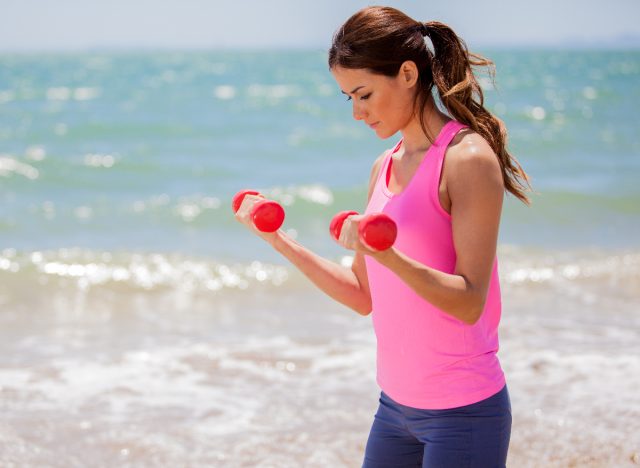
Strong arms, shoulders, and back muscles don’t just look good—they help you handle life. From hoisting luggage overhead to pushing a heavy door, upper-body strength makes daily life easier. This quick session strengthens the pressing, pulling, and stabilizing muscles that keep your upper body powerful and injury-free well past 50.
What you need: Dumbbells or resistance bands. About 15 minutes.
The Routine:
- Dumbbell Bench Press (3 sets of 8–10 reps)
- One-Arm Dumbbell Row (3 sets of 8–10 reps each side)
- Shoulder Press (3 sets of 8–12 reps)
- Bicep Curl + Tricep Extension (2 sets of 12 reps each)
Directions: Perform in order with 45–60 seconds rest between sets.
How to Do It:
- Dumbbell Bench Press
- Lie on a bench or the floor.
- Hold dumbbells above chest.
- Lower until elbows are at 90 degrees.
- Press back up.
- One-Arm Dumbbell Row
- Place one hand on the bench.
- Pull the dumbbell toward your ribs.
- Lower with control. Switch sides.
- Shoulder Press
- Hold dumbbells at shoulder height.
- Press overhead until arms are straight.
- Lower slowly.
- Bicep Curl + Tricep Extension
- Curl dumbbells up for biceps.
- Press one dumbbell overhead, lower behind the head for triceps.
- Perform 12 reps each.
Best Variations: Incline press, banded shoulder press, hammer curls.
Form Tip: Keep your core engaged to avoid arching your lower back during presses.
The Lower-Body Quick Hit
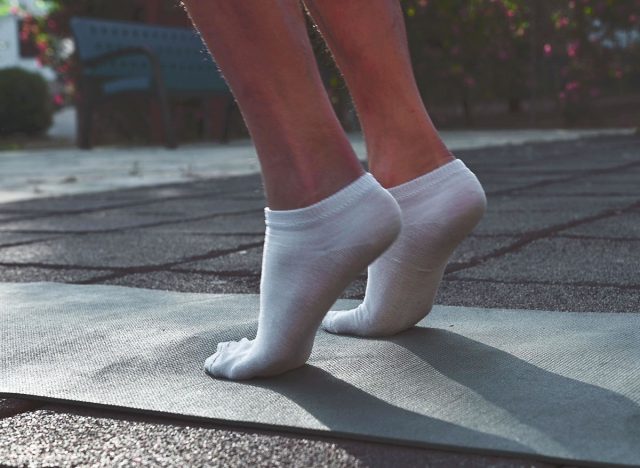
Strong legs are the foundation for staying active after 50. Weak quads and glutes make simple tasks like getting out of a chair harder than they should be. This workout keeps your legs powerful, your hips mobile, and your balance steady, so you’re not the one holding up the hiking group—or struggling with stairs while your younger friends fly past.
What you need: Bodyweight or dumbbells. About 15–20 minutes.
The Routine:
- Bodyweight Squat (3 sets of 12 reps)
- Step-Ups (3 sets of 8 reps each leg)
- Glute Bridge (3 sets of 12–15 reps)
- Calf Raise (3 sets of 15–20 reps)
Directions: Perform as a circuit, resting 60 seconds between rounds.
How to Do It:
- Bodyweight Squat
- Stand with feet shoulder-width apart.
- Sit with your hips back and down.
- Stand tall on heels.
- Step-Ups
- Step onto a bench with your right foot.
- Drive through heel to stand tall.
- Step back down. Switch legs.
- Glute Bridge
- Lie on your back with your knees bent.
- Press through heels to lift hips.
- Lower under control.
- Calf Raise
- Stand tall.
- Lift heels off the floor.
- Lower slowly.
Best Variations: Goblet squats, hip thrusts, weighted calf raises.
Form Tip: Keep knees tracking over toes during squats and step-ups.
The Core & Carry Challenge
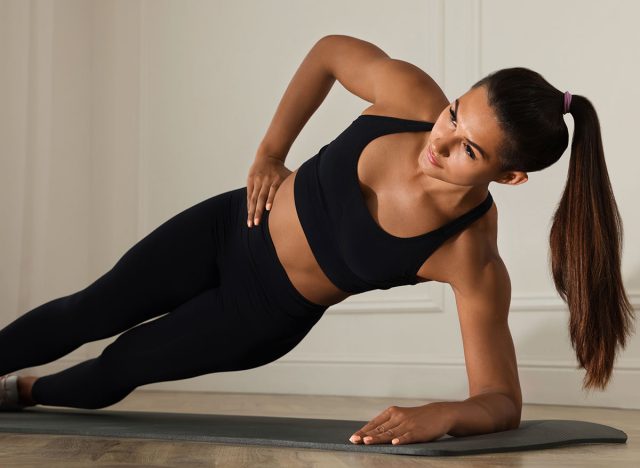
Core strength and carrying strength are two of the clearest signs of functional fitness after 50. They reflect how well you stabilize your spine, grip, and move heavy loads without strain. This workout sharpens your midsection while training grip and endurance, so you can handle everything from hauling luggage to holding a grandkid without breaking form.
What you need: Dumbbells or kettlebells. About 15 minutes.
The Routine:
- Plank (3 sets of 30–45 seconds)
- Farmer’s Carry (3 carries of 30–40 steps)
- Suitcase Carry (3 carries of 20–30 steps each side)
- Side Plank (2–3 sets of 20–30 seconds each side)
Directions: Perform planks, then alternate between carries and side planks. Rest 45–60 seconds between sets.
How to Do It:
- Plank
- Place elbows under shoulders.
- Extend legs behind into a straight line.
- Hold steady.
- Farmer’s Carry
- Hold dumbbells at sides.
- Walk forward 30–40 steps.
- Keep your shoulders back.
- Suitcase Carry
- Hold one dumbbell in one hand.
- Walk forward without leaning.
- Switch sides and repeat.
- Side Plank
- Lie on your side, elbow under your shoulder.
- Lift your hips and hold.
- Switch sides.
Best Variations: Overhead carries, offset carries, stability ball plank.
Form Tip: Stay tall and keep your midsection tight during carries.
Final Takeaway: How to Stay Stronger Than Most 30-Year-Olds After 50
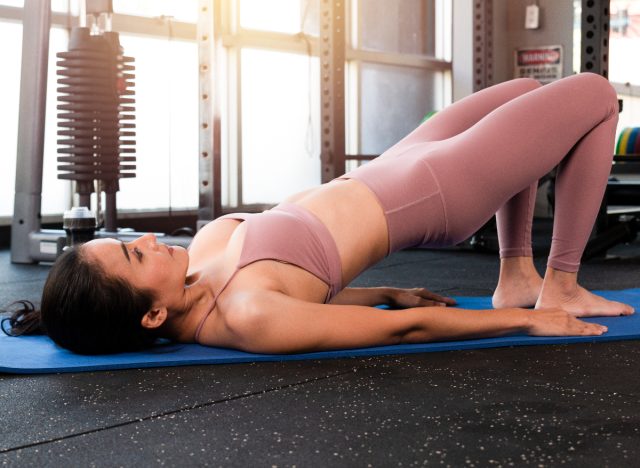
Strength after 50 isn’t just about looking fit—it’s about staying capable, resilient, and ready for whatever life throws your way. These short workouts prove you don’t need marathon training sessions to maintain muscle and vitality. Stick with them, and you’ll move better, feel younger, and probably show up a few 30-somethings along the way.
Action Steps:
- Train 2–3 times per week using these short workouts.
- Rotate between total-body, upper-body, lower-body, and core-focused sessions.
- Maintain high intensity and keep rest periods short for optimal efficiency.
- Re-test your performance every 6–8 weeks to measure progress.
- Pair workouts with proper nutrition, recovery, and sleep for the best results.
Looking for easy ways to lose fat? Here’s How Long Your Walking Workout Should Be To Shrink Belly Fat.